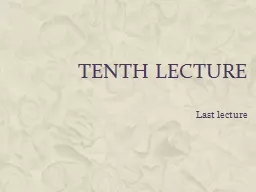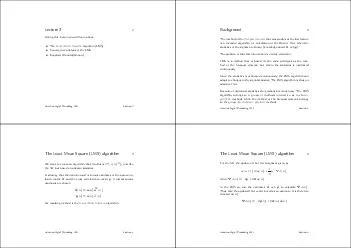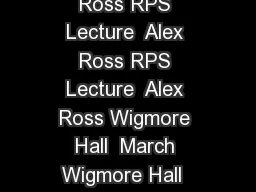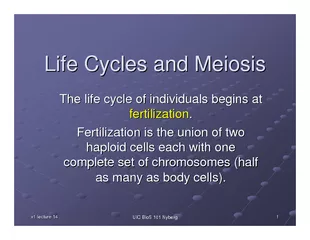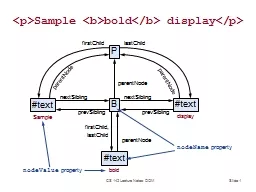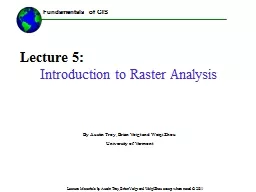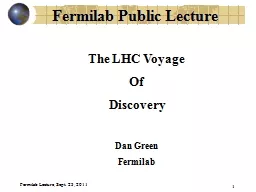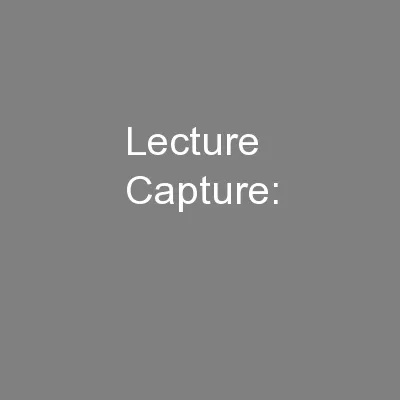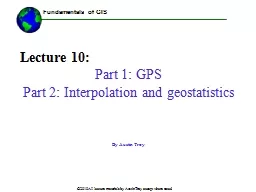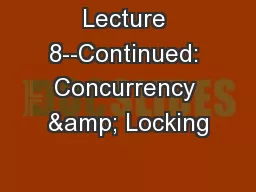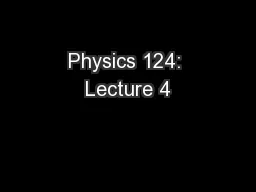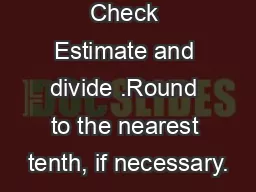PPT-Tenth lecture
Author : trish-goza | Published Date : 2016-07-05
Last lecture Radiation Units Shortly after the discovery of xrays in 1885 by Professor Roentgen scientists began to notice the harmful effects of exposure to this
Presentation Embed Code
Download Presentation
Download Presentation The PPT/PDF document "Tenth lecture" is the property of its rightful owner. Permission is granted to download and print the materials on this website for personal, non-commercial use only, and to display it on your personal computer provided you do not modify the materials and that you retain all copyright notices contained in the materials. By downloading content from our website, you accept the terms of this agreement.
Tenth lecture: Transcript
Download Rules Of Document
"Tenth lecture"The content belongs to its owner. You may download and print it for personal use, without modification, and keep all copyright notices. By downloading, you agree to these terms.
Related Documents

